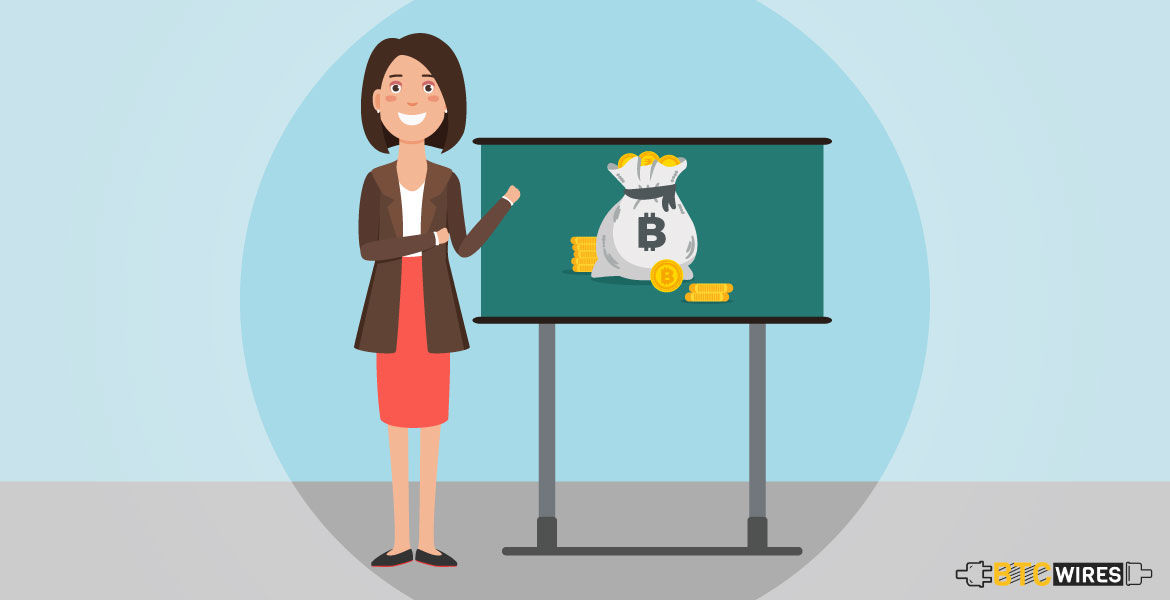People usually claim that “you can send money between any

People usually claim that “you can send money between any two points on earth for free” with bitcoin.
Well, that is true in some cases, but in other cases, a transaction fee is required. When the fee is required, it usually worth a few dollars.
The transaction fees go to the miners to incentivize them and for maximizing their mining rewards, which in turn keeps the Bitcoin network secure. They already get a reward of 12.5 XBT for each block they mine. However, this reward halves every 4 years.
The plan is that as and when the block reward diminishes over the time, it will be replaced by transaction fees.
You May Also Read: Best Cryptocurrency Wallets of 2018
What Decides How Much You Have To Pay, and When?
The transaction fee, on Bitcoin’s blockchain, is decided by the free market forces, which means that anyone is free to set their own transaction fee and anyone can send the transactions.
It is good in a way, but it has some demerits too when you have less space.
You May Also Read: 5 Best Bitcoin Mining Hardwares
Now, What Does It Mean By ‘Less Space?’
Well, it means that the blocks of bitcoin are only as big as 1 MB meaning that they can take just those many transactions in total.
On an average, a Bitcoin transaction is 230-250 bytes in the size which, in turn, means that it can accommodate only 4194 to 4559 transactions in the 1 MB block size.
We all know that miners who are incentivized by the Bitcoin network as block rewards in addition to the exchange fee are normally disposed towards expanding their benefits.
Generally, they can maximize their profits in two ways –
- Getting more block rewards by finding more number of blocks
- By adding those transactions in a 1 MB block which pays them more fees
Finding more and more blocks is technically an energy and cost-intensive process demanding a lot of time. That makes sense in including transactions that pay them more first.
As a result of the free market users deciding the transaction fees, and the limited 1 MB space, finding a suitable place in the blocks has become quite expensive.
Free market users are those who can’t help waiting for longer durations for their transactions to be confirmed naturally include more fee per bytes to their transactions, thereby pushing the average fees higher.
You May Also Read: A Beginners Guide To Litecoin
Is The Fees Really Required?
By chance, the idea of “required fee” isn’t entirely authorized.
A few miners don’t pursue the guidelines about what fees are required, and will incorporate a transaction in their blocks regardless of whether it doesn’t pursue the fee rules.
Using the “raw transactions” interface of the reference customer, it is conceivable to make transactions with not exactly the required measure of fee. Such transactions may be included in a block in the long run by a dissident miner who doesn’t implement the fee rules, despite the fact that this could take 24 hours or even longer.
So it’s everything entirely mind boggling, however ideally this gives you a superior comprehension of how and why the client chooses when and the transaction fee to charge you.
Here are a Few Articles for you to Read Next:

